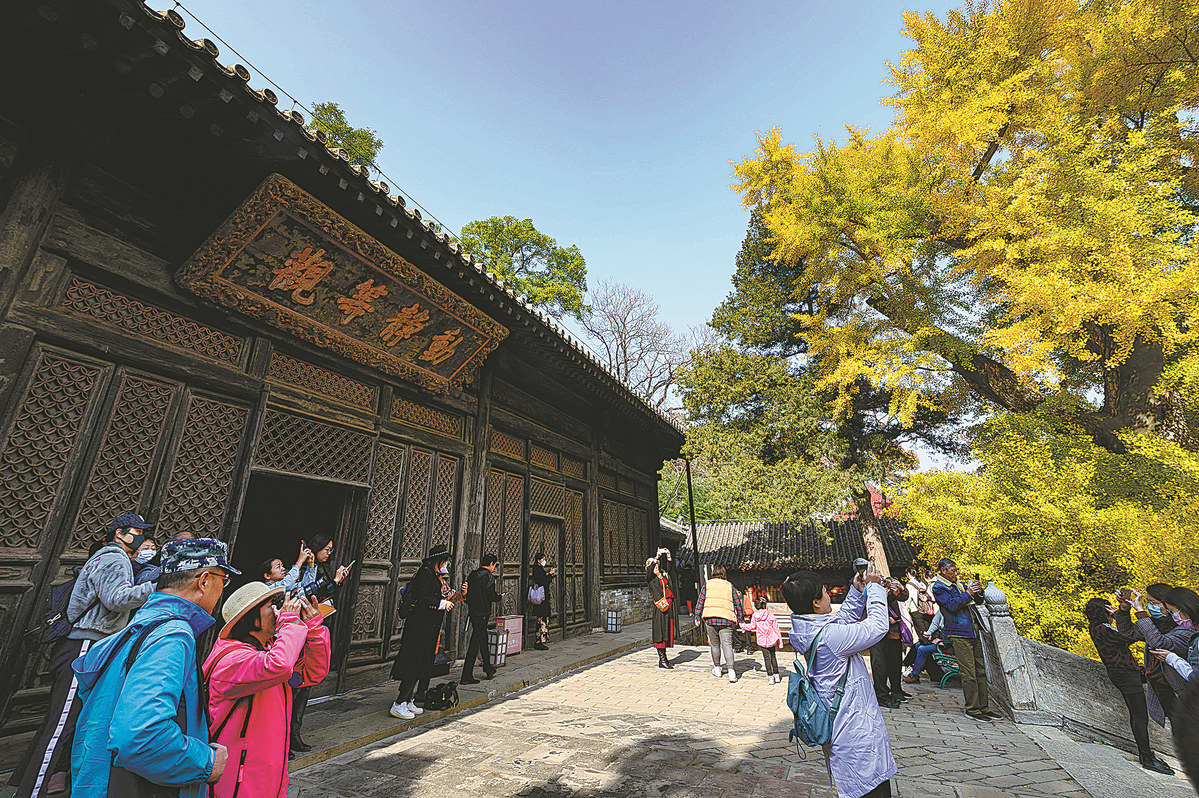

Past functions
The magazine Life Week quoted Ju Xi, a Beijing Normal University scholar on religion and folk customs, as saying that many people may be surprised to learn that there were about 1,500 temples in Beijing from 1740 to 1950.
During this time, the city covered an area of 40 square kilometers, and most people could see a temple within a radius of 150 meters from any location in the city. On average, there were two to three temples in every hutong, separated by a maximum distance of 500 meters.
Ju said: "Temples had so many functions at that time. They were seen as a form of investment. When people bought houses, they had to pay for the maintenance even if they didn't live in the place. It was a better option to renovate the home and turn it into a temple temporarily."
Prayer was not the only function for those temples, many of which chose to be known by different types of plant.
For example, Fayuan Temple in Xicheng district, which was built in the year 645, has been known for its lilac blossoms since the Ming Dynasty (1368-1644). These flowers complement the ancient structure's red walls, green tiles, carved beams and painted buildings.
In Beijing's western suburbs, Dajue Temple, also known as the Temple of Enlightenment, is popular not only for its history and ancient structures, but also for its springtime magnolia blossoms.